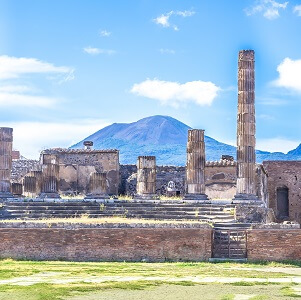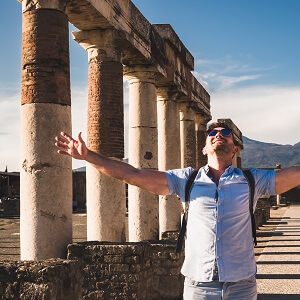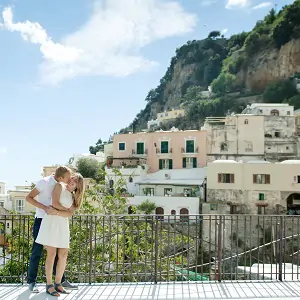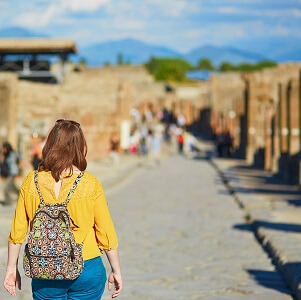Once it was the richest residence of Pompeii, now no more than an ancient crumbling structure.
The House of Faun stretches out to over 30,000 square feet of space, once being the lavish home of an elite family of Romans back in the day. It is one of the most visited attractions of this famous archaeological site, home to stunningly preserved frescos, statues, and structures.
House of the Faun’s Design
The building was constructed in the late second century BCE, made entirely for one rich family who lived within Pompeii. Through discovering the buried walls and preserved artefacts, archaeologists have discovered the entire floor plan of the House of the Faun, which showcases its immense size which covers 30,000 square feet. The floor plan consists of the main grand sections, with two atria and two peristyles, private rooms, bathhouses and an open-air court. The room styles at the House of the Faun were similar to the typology of Greek elite houses described by the Roman architect Vitruvius, which were unlike most Roman houses at the time.
The Artwork
One of the greatest highlights to see within the House of the Faun is the artworks preserved here. From indoor frescoes to outside mosaics, to even bronze statues, the artwork artefacts showcase the house’s fruitfulness in ancient times.
Tuscan Atrium and Dancing Faun
The small bronze statue featuring a dancing faun is what gives the House of the Faun its name. Nestled near the main doorway, set in the Tuscan style atrium. The atrium is flooded with a layer of black plaster, with the centre featuring a white limestone basin. Used to collect rainwater for the house.
The Alexander Mosaic
This breathtaking mosaic was rediscovered in the 1830s and showcases the defeat of the last Achmaenid dynasty ruler King Darius III by Alexander the Great. The battle was only had 150 years before the House of the Faun was built, but the detail and beauty of this piece create an enchanting and historic story.
The Entry Mosaic
Known for being the house’s mosaic welcome mat. Spelling out the words ‘Have’ which translates to hail to you in Latin. What makes this artwork fascinating is the language, as the local languages of the time of the house’s construction were Oscan or Samnian. Suggesting that the owners of the House of the Faun had pre pretensions of Latin glory.
Explore Our Pompeii Tours
-
2.5 Hour Pompeii Guided Walking Tour
2 hours
€50
See More -
Pompeii Tour from Rome
12 Hours
€152
See More -
2 Day & 1 Night Pompeii, Sorrento & Capri Tour
2 Days
€590
See More -
Pompeii & Vesuvius Tour from Naples
8 Hours
€115
See More





